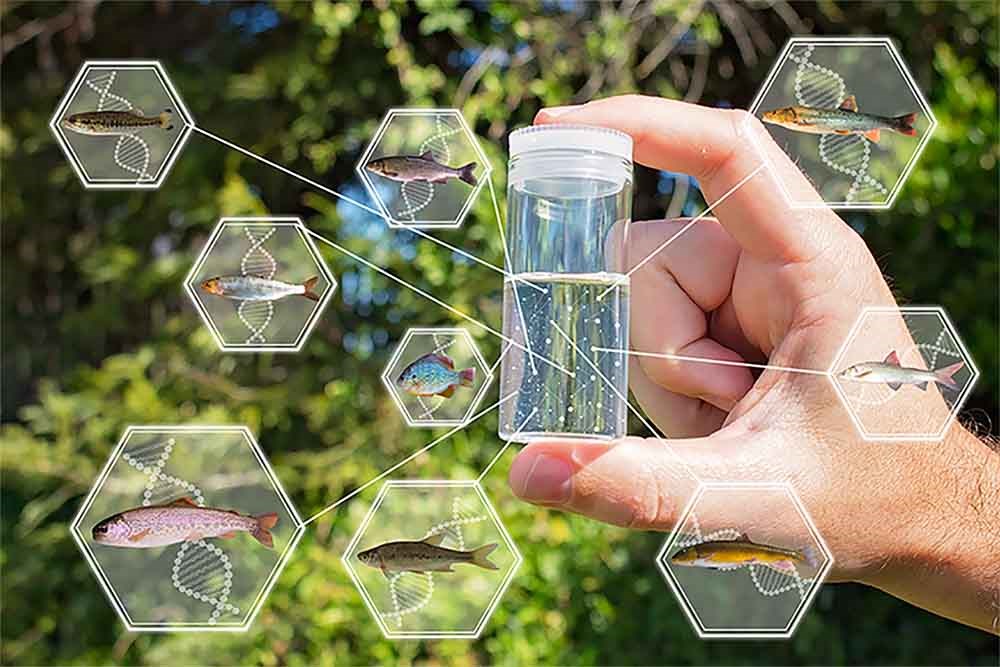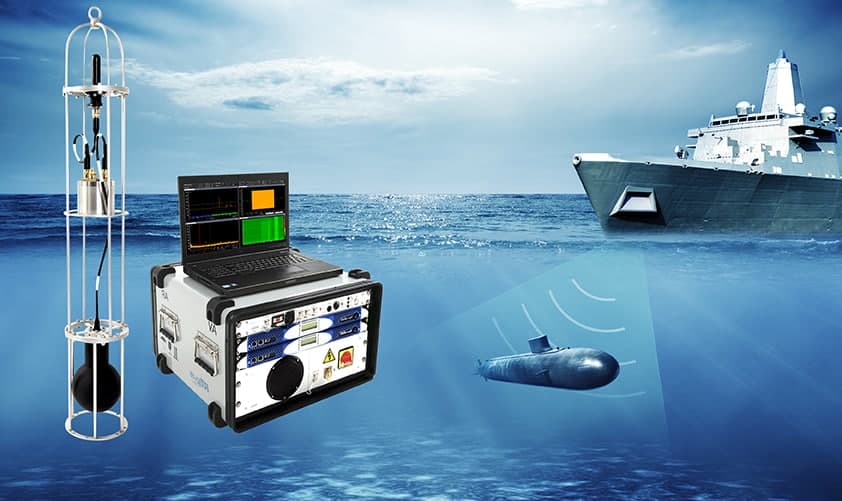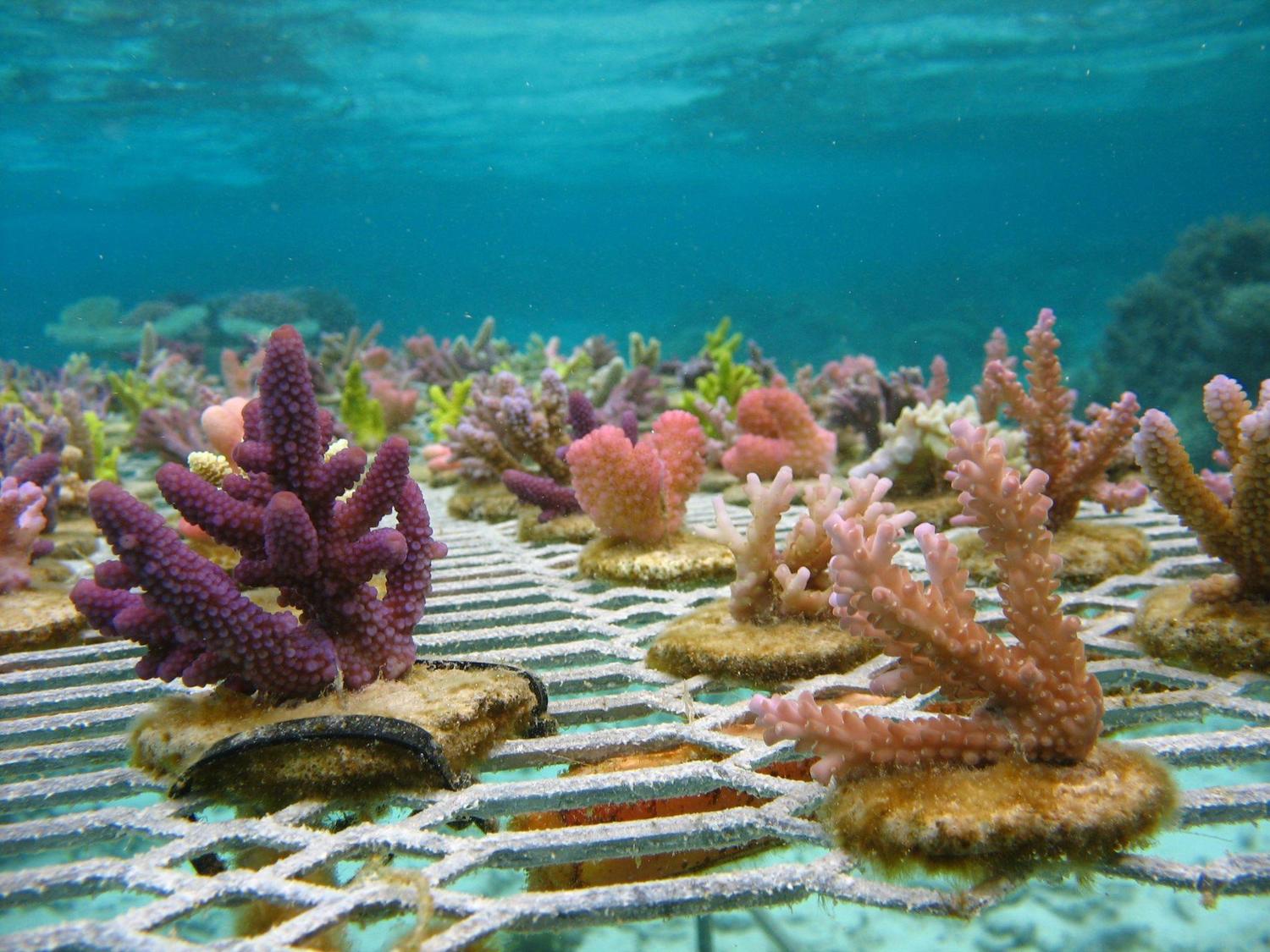

Technological advancements have significantly enhanced our ability to study and understand marine environments. Modern technologies provide researchers with powerful tools to explore the depths of the oceans, monitor marine life, and gather critical data for conservation and management efforts. These innovations are essential for advancing marine science and addressing the challenges facing our oceans.
Remote sensing technologies, including satellites and drones, offer a bird's-eye view of marine environments. These tools are used to monitor sea surface temperatures, track marine pollution, and assess the health of coral reefs. By capturing high-resolution images and data, remote sensing helps researchers observe large-scale changes in the ocean.

AUVs are unmanned vehicles designed to explore underwater environments. They can operate at great depths and collect data on water chemistry, temperature, and marine life. AUVs are valuable for conducting research in areas that are difficult or dangerous for human divers to access.
ROVs are tethered underwater robots that allow researchers to explore the ocean floor and study marine ecosystems up close. Equipped with cameras and scientific instruments, ROVs provide detailed observations and measurements from previously unreachable depths.
Environmental DNA (eDNA) analysis involves collecting samples of water to detect the presence of marine species based on their DNA. This method is non-invasive and can identify species without needing to physically capture or observe them, making it a powerful tool for biodiversity monitoring.

Underwater acoustic monitoring uses hydrophones to record and analyze sounds in the ocean. This technology helps researchers study marine animal communication, track migratory patterns, and monitor environmental changes that affect marine ecosystems.

Recent deep-sea explorations using ROVs have led to significant discoveries, including new species and previously unknown ecosystems. These explorations have expanded our understanding of the deep ocean and its biodiversity.
Remote sensing technologies have been used to monitor the health of coral reefs around the world. By analyzing satellite images, researchers can detect changes in coral cover and assess the impacts of climate change and pollution on reef ecosystems.
